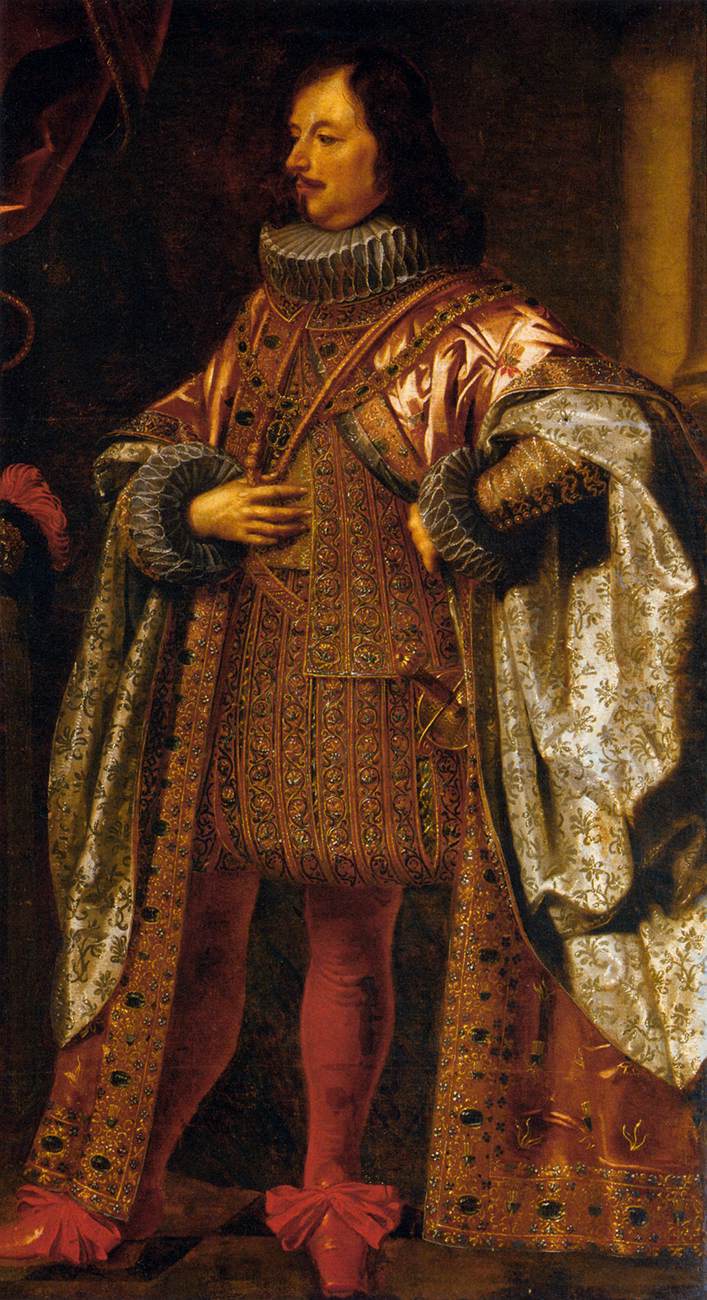|
Gasparo Molo
Gasparo Molo (also spelt Mola or Moli) was an Italian goldsmith and planisher, chiefly known as a medalist. Biography Born (according to Forrer) in Breglia near Como or (according to older records) in Lugano, his date of death is unknown. He was first active in Milan, then in Mantua, from 1608 in Florence; his first surviving signed medal is from the latter period. Here he was ''maestro delle stampe della monete''. In 1609 he became well known for his medals commemorating the marriage and the accession of Cosimo II. In 1609 and 1610 he cut the dies for the thalers and the "medals of merit" conferred by the grand duke. According to Kenner, it is not necessary to suppose that he gave up his connection with the Florentine court at this time, because, in the following years, he struck medals for the court in Mantua, as well as coins for Guastalla and Castiglione, especially as he was again working in Florence in 1614 (certainly in 1615). The medals, which he made after 1620 for P ... [...More Info...] [...Related Items...] OR: [Wikipedia] [Google] [Baidu] |
Vincenzo II Of Gonzaga
Vincenzo II Gonzaga (7 January 1594 – 25 December 1627) was Duke of Mantua and Duke of Montferrat from 1626 until his death. Vincenzo was the son of Duke Vincent I and Eleonora de' Medici and inherited the duchy upon the death of his elder brother Ferdinand, receiving the imperial investiture on 8 February 1627. He had also received a cardinalate upon Ferdinando's succession, but had dismissed it in 1616 in order to marry his relative Isabella Gonzaga, daughter of Alfonso Gonzaga, Count of Novellara. Conscious of his poor health, the childless Vincenzo set up an inheritance for his lands through the marriage of his niece Maria (daughter of the former Duke Francis IV) with Charles of Nevers' son Charles of Gonzaga-Nevers. The elder Charles was a cousin of his father. Vincenzo died on the marriage day of Mary and Charles. Family Vincenzo II Gonzaga had no legitimate offspring from the wife, but he recognized four natural sons. By Paola Scarpelli: * Federico Gonzaga (1619 ... [...More Info...] [...Related Items...] OR: [Wikipedia] [Google] [Baidu] |
Year Of Birth Unknown
A year or annus is the orbital period of a planetary body, for example, the Earth, moving in its orbit around the Sun. Due to the Earth's axial tilt, the course of a year sees the passing of the seasons, marked by change in weather, the hours of daylight, and, consequently, vegetation and soil fertility. In temperate and subpolar regions around the planet, four seasons are generally recognized: spring, summer, autumn and winter. In tropical and subtropical regions, several geographical sectors do not present defined seasons; but in the seasonal tropics, the annual wet and dry seasons are recognized and tracked. A calendar year is an approximation of the number of days of the Earth's orbital period, as counted in a given calendar. The Gregorian calendar, or modern calendar, presents its calendar year to be either a common year of 365 days or a leap year of 366 days, as do the Julian calendars. For the Gregorian calendar, the average length of the calendar year ( ... [...More Info...] [...Related Items...] OR: [Wikipedia] [Google] [Baidu] |
Italian Medallists
Italian(s) may refer to: * Anything of, from, or related to the people of Italy over the centuries ** Italians, an ethnic group or simply a citizen of the Italian Republic or Italian Kingdom ** Italian language, a Romance language *** Regional Italian, regional variants of the Italian language ** Languages of Italy, languages and dialects spoken in Italy ** Culture of Italy, Italian culture, cultural features of Italy ** Italian cuisine, traditional foods ** Folklore of Italy, the folklore and urban legends of Italy ** Mythology of Italy, traditional religion and beliefs Other uses * Italian dressing, a vinaigrette-type salad dressing or marinade * Italian or Italian-A, alternative names for the Ping-Pong virus, an extinct computer virus See also * * * Italia (other) * Italic (other) * Italo (other) * The Italian (other) * Italian people (other) {{Disambiguation Language and nationality disambiguation pages ... [...More Info...] [...Related Items...] OR: [Wikipedia] [Google] [Baidu] |
Italian Goldsmiths
Italian(s) may refer to: * Anything of, from, or related to the people of Italy over the centuries ** Italians, an ethnic group or simply a citizen of the Italian Republic or Italian Kingdom ** Italian language, a Romance language *** Regional Italian, regional variants of the Italian language ** Languages of Italy, languages and dialects spoken in Italy ** Italian culture, cultural features of Italy ** Italian cuisine, traditional foods ** Folklore of Italy, the folklore and urban legends of Italy ** Mythology of Italy, traditional religion and beliefs Other uses * Italian dressing, a vinaigrette-type salad dressing or marinade * Italian or Italian-A, alternative names for the Ping-Pong virus, an extinct computer virus See also * * * Italia (other) * Italic (other) * Italo (other) * The Italian (other) * Italian people (other) Italian people may refer to: * in terms of ethnicity: all ethnic Italians, in and outside of Italy * in ... [...More Info...] [...Related Items...] OR: [Wikipedia] [Google] [Baidu] |


